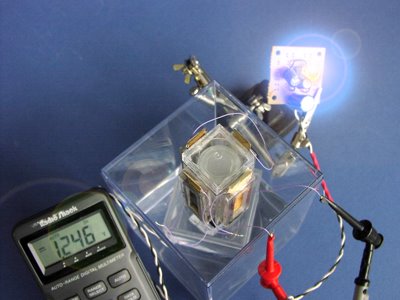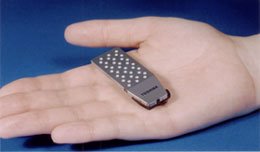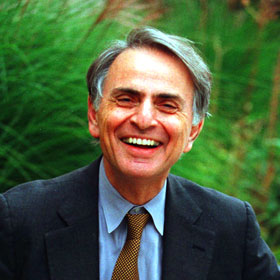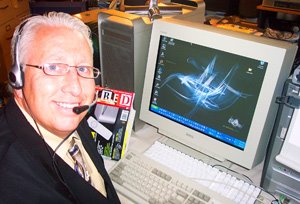Direct Methanol Fuel Cells (DMFC)
Innovation is power! Some technologies have the power to change the world. Here's one to watch:
What it is: A proven technology, DMFC has been heralded as the power source of the future! Fuel cells produce electricity from potential chemical energy without combustion, through an electrochemical process that combines oxygen and hydrogen to produce electricity, heat, and water. Unlike other types of fuel cells (like generic Polymer Electrolyte Membrane (PEM) fuel cells) which require pure hydrogen as a fuel, Direct Methanol Fuel Cells enable this electrochemical process without the need to reform complex hydrocarbon fuel molecules (including methanol) into pure hydrogen.

The "flasher" Fuel Cell array unit is powered by four fuel cells. The array and the diffusion fuel ampoule (12 ml) is shown in the center of the box with the fuel cells arrayed around it. The last operational date of the Fuel Cell Array was March 7, 2005, after 1179 days or 28,300 hours of continuous operation!Why It's Hot: The more power hungry digital devices have become, the less plain old lithium-ion batteries have been able to keep up. Fuel cells are the leading candidate to replace them. Hitachi has developed a methanol-based laptop fuel cell that will go on the market in 2007. Japanese cell-phone giant NTT DoCoMo has teamed up with Fujitsu to build tiny fuel cells for mobile phones. Toshiba seems to be leading the pack.

At a compact 22 x 56 x 4.5 mm (maximum of 9.1 mm, for the fuel tank), the Toshiba DMFC fuel cell is the world's smallest! It is as long and wide as a woman's thumb, a size advantage that will give greater design freedom for developers of handheld electronic devices. The latest prototype, with its total weight only 8.5 grams, is small enough for integration into a wireless headset for mobile phones, but still efficient enough to power an MP3 music player for as long as 20 hours on a single 2cc charge of highly concentrated methanol. The new fuel cell outputs 100 milliwatts of power, and can continue to do so, non-stop, for as long as users top up its integrated fuel tank — a process that is as simple as it is safe.Note from Technophile: It is not time to throw out your old batteries yet, as the transition will take some time. Research & Markets, a research group, forecasts that micro fuel cell sales will grow to $510 million by 2008 and $11 billion by 2013.




















0 Comments:
Post a Comment
<< Home